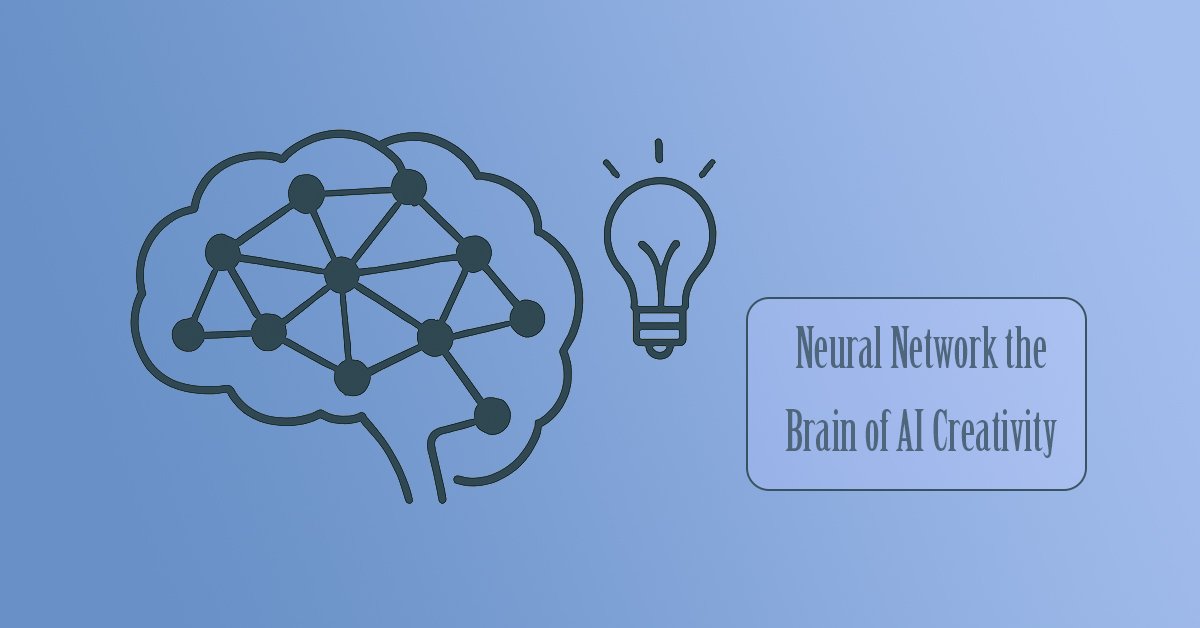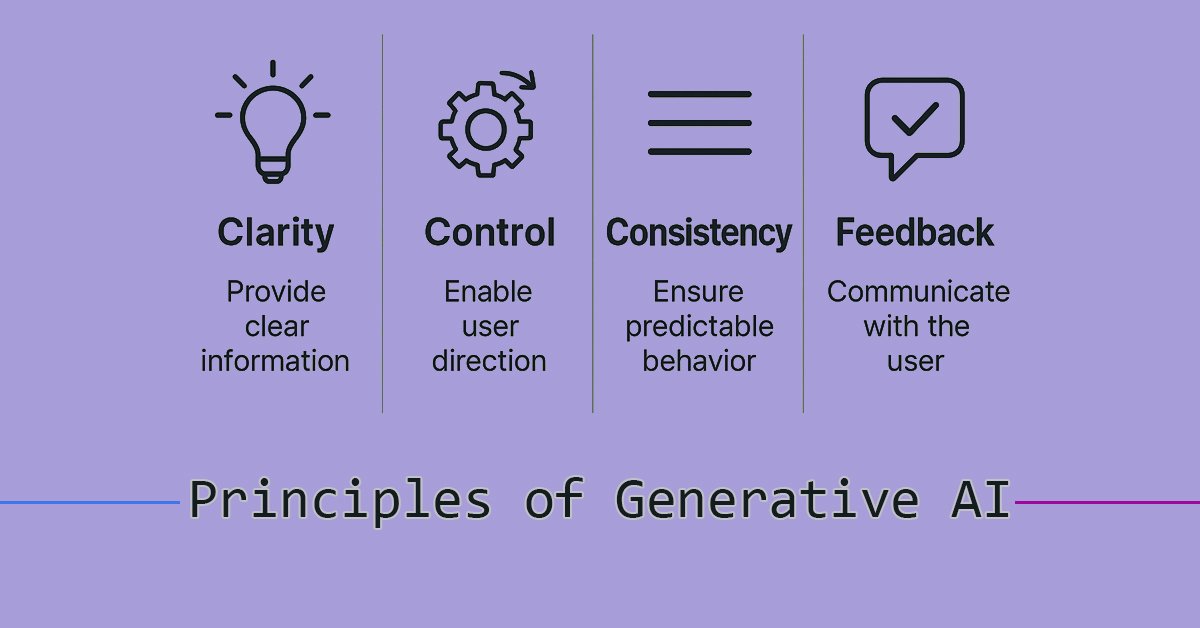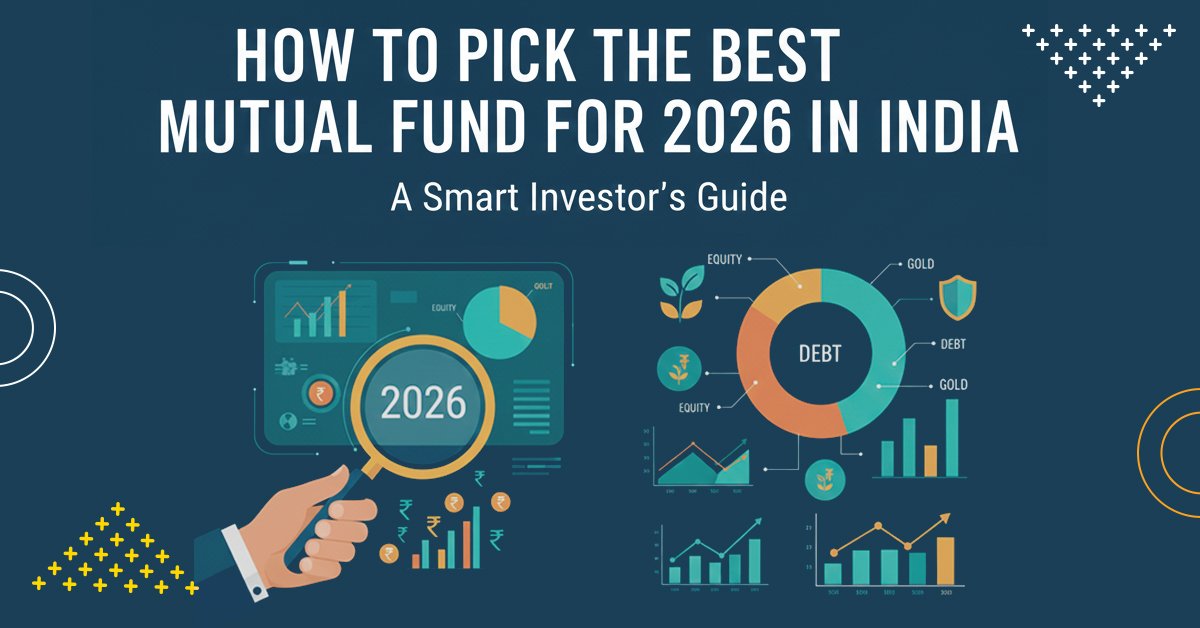INTRODUCTION: What’s all the ruckus about Generative AI?
An AI that writes poetry, composes breathtaking pieces of art, and holds a hundred percent realistic conversation-like human beings? Sounds like science fiction, right? Well, hold your breath and visualize—this is the real world of Generative AI!
Generative AI is no passing tech fad; it is a game-changer indeed. So whether you are an entrepreneur, a content creator, or simply someone who likes to remain ahead of the curve, grasping the principles of this technology will help you get the most out of it. So grab a handful of corn, and let’s stir the magic pot.
The Principles of Generative AI
1. Data Wins: The Basis Upon Which Generative AI Stands
The adage goes, “Garbage in, garbage out.” It applies literally to the domain of Generative AI. These models take millions of data—what could be text, images, or audio, among others—and learn to generate new content that seems natural, smooth, and coherent.
Better the data quality, smarter the AI. That is the reason why companies like OpenAI and Google invest millions in building more relevant datasets for training their models. Consider that your brain gets fed from books, articles, and conversations: what you take in feeds the very thoughts and creations of your mind.
2. Neural Networks: The Brain for AI Creativity
Behind all the machinations of Generative AI are neural networks: a fancy way of saying that it models its information processing after ours. To be more precise, the AI is powered by deep learning systems such as Generative Adversarial Networks (GANs) and Transformers.
Let us put this in simpler terms:
- GANs basically work by having two AI systems work against each other: one generates the content, while the other critiques it until you can hardly tell the difference. It is somewhat like AI’s version of American Idol but without all the drama!
- Since the Transformers, upon which ChatGPT was created, use an attention process to analyze vast amounts of data, they can produce contextually accurate responses to any given query. In simple terms, they know the questions you are asking better than some of the top search engines put together.
3. Pattern Recognition Equals Creation
Humans think traditionally, but AI is instilled with pattern recognition. It has its own method of assessing millions of exemplars to learn how language, context, art, or music flows-and then replicates it in real-time.
For example, when the AI brings forth a new song in the style of The Beatles, it is by no means, just spawning lyrics. Rather in style analysis, it has studied their chord progressions, lyrical themes, and melodic structures so as to produce something that feels “like” a Beatles song. Pretty darned cool!

4. Ethical AI: Avoiding Dark Paths
Let us face it-The creations of AI have their own discreditable sales. With the dark side comes deep-fakes, false news, and biased outputs, which are some of the bona fide concerns. Therefore, the principles of Generative AI include ethical considerations as a major focus.
Some important principles that the leading AI researchers are advocating:
- Transparency: To be practiced by labeling AI-generated content.
- Bias reduction: To be practiced by training the model on diversified datasets to minimize biased outputs.
- Safety: Prevent malicious use aimed at AI-based fraud or misinformation campaigns.
5. The Human-AI Collaboration: An Aid, Not a Replacement
AI is not only a thieves who run after your job; it rather assists the human beings in creative activities. Writers, artists, and, yes, even developers regard Generative AI as an auxiliary in the brainstorming process rather than a replacement for humanity.
Illustrations include:
- So a marketer could use AI to draft social media posts and then change them to add some personal touch.
- A designer could use AI-generated art ideas and then modify them manually in order to achieve an individualized feel.
- Thus a programmer could fix the code faster through suggestions of AI while still executing his own intellect.
FAQs
Q: Can any AI be genuinely creative?
Definitely! The near-human creative and original content is the domain of generative AI only through pattern cognition from the data.
Q: What is the role of Generative AI in business?
Companies use it for content creation, customer care chatbots, personalized recommendations, and even code generation.
Q: Is generative AI safe?
It depends on how it is used. These guidelines hold ethical consideration and exercises of responsible training of AI in order to guard the misapplication.
Final Thoughts: Accepting the AI-Powered Future
Generative AI is changing industries, but it is not magic-the major players are mathematics, data, and extreme engineering. When we understand these tenets, they inherently demystify the working of AI and enable its responsibly creative utilization.
So, what do you think about Generative AI? Have you used it for your work or personal projects? Leave a comment below; I’d love to get your perspective!







